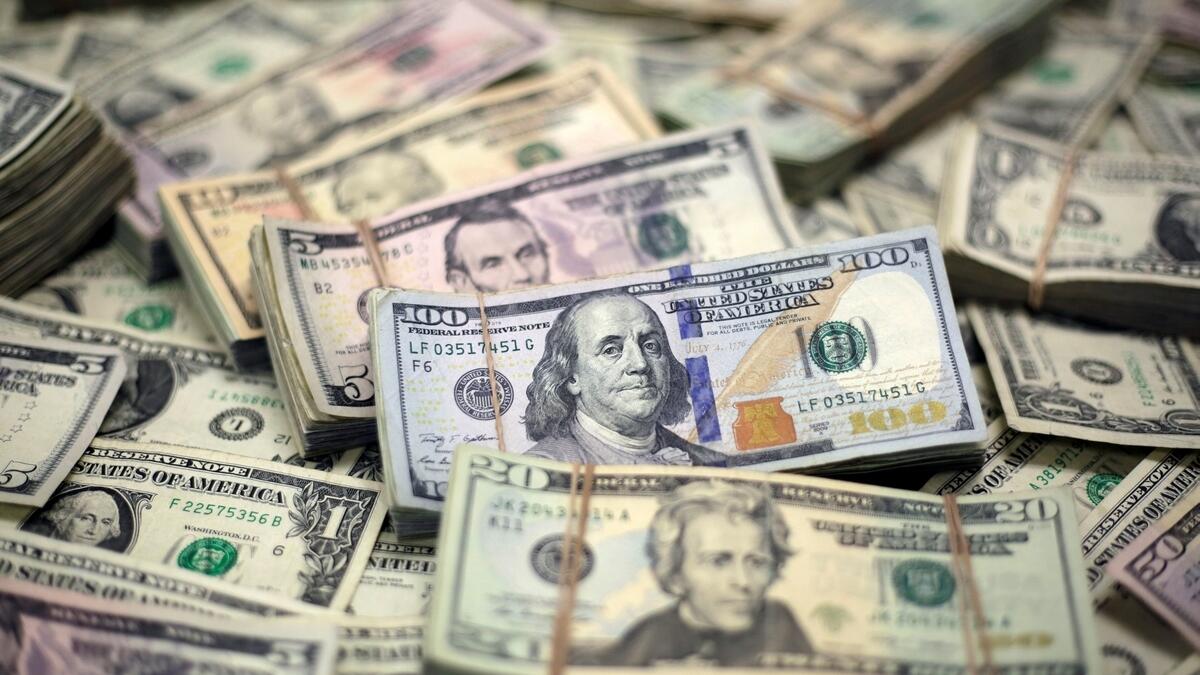The dollar is trading near a two-week high as investors await a slew of economic data, including US payrolls, that could impact an anticipated interest rate cut by the Federal Reserve. Despite this, the yen has gained against the dollar due to comments from the Bank of Japan governor indicating a potential raise in interest rates if economic conditions remain as expected. The euro and sterling both fell against the dollar, leaving the dollar index at its highest in two weeks.
Investors are closely watching the upcoming US payrolls data, with Fed Chair Jerome Powell hinting at potential rate cuts. Market focus will be on US job openings data and jobless claims reports ahead of the Fed meeting, where there is a 69 per cent chance of a 25-bps cut and a 31 per cent probability of a 50-bps cut. The jobs data this week will be pivotal in determining the size of the rate cut in September.
Economists expect an increase of 165,000 US jobs in August, as the personal consumption expenditures price index rose in July, keeping the Fed on track for rate cuts. Despite a positive economic environment, markets anticipate 100 bps of cuts from the Fed in the remaining three meetings this year. The Australian and New Zealand dollars both fell against the US dollar, with the Australian dollar dropping 0.84 per cent and the New Zealand dollar declining by 0.7 per cent.
Market experts believe that if US economic data remains strong, a 25-bps rate cut is more likely, but weak job numbers could push towards a 50-bps cut. The Fed is expected to begin cutting rates this month in a gradual manner. The yen’s recent rally due to comments from the Bank of Japan governor has impacted the dollar, leading to a decline in the euro and sterling. Overall, markets continue to watch for US economic data and Fed decisions that will shape future rate cuts.










